Triumph of beauty
Art Nouveau
ca. 1890–1910
Art Nouveau: Gustav Klimt on the path to modernity
The 1890s mark the close of a dynamic, productive century in Europe. The Franco-German War in the 1870s was followed by a long period of peace, which fostered an economic and cultural upswing. In 1896, the first Olympic Games of modern times are held in Athens. With the second wave of the industrial revolution, affordable mass-produced goods fill the stores – which at the same time has a detrimental impact on the sale of handcrafted goods.
Art Nouveau artists oppose the mass trend; they value and strive for individuality. They want art to be everywhere, combine function and aesthetics and celebrate nature with its uniqueness and sweeping forms. In addition to paintings from personalities such as Gustav Klimt, Franz von Stuck and Alfons Mucha, interior design during this period is new and unique. With elaborate decorations, natural motifs and floral elements, art celebrates its entry into everyday life.
At the end of the 19th century, many artists turned away from traditional art ideals and sought modernity in beauty and originality, inspired by the shapes and colors of nature. Among the most famous people in this movement are Alfons Mucha and Gustav Klimt. The latter founded the Vienna Secession art movement in 1897 and became an icon of Art Nouveau, which was the most important style of the movement. He focuses on beauty and femininity in his work. He is especially well-known for his “Golden Phase”, in which he surrounds his models with richly decorated decorations and ornaments. The highlight of this phase is his most famous painting “The Kiss”.
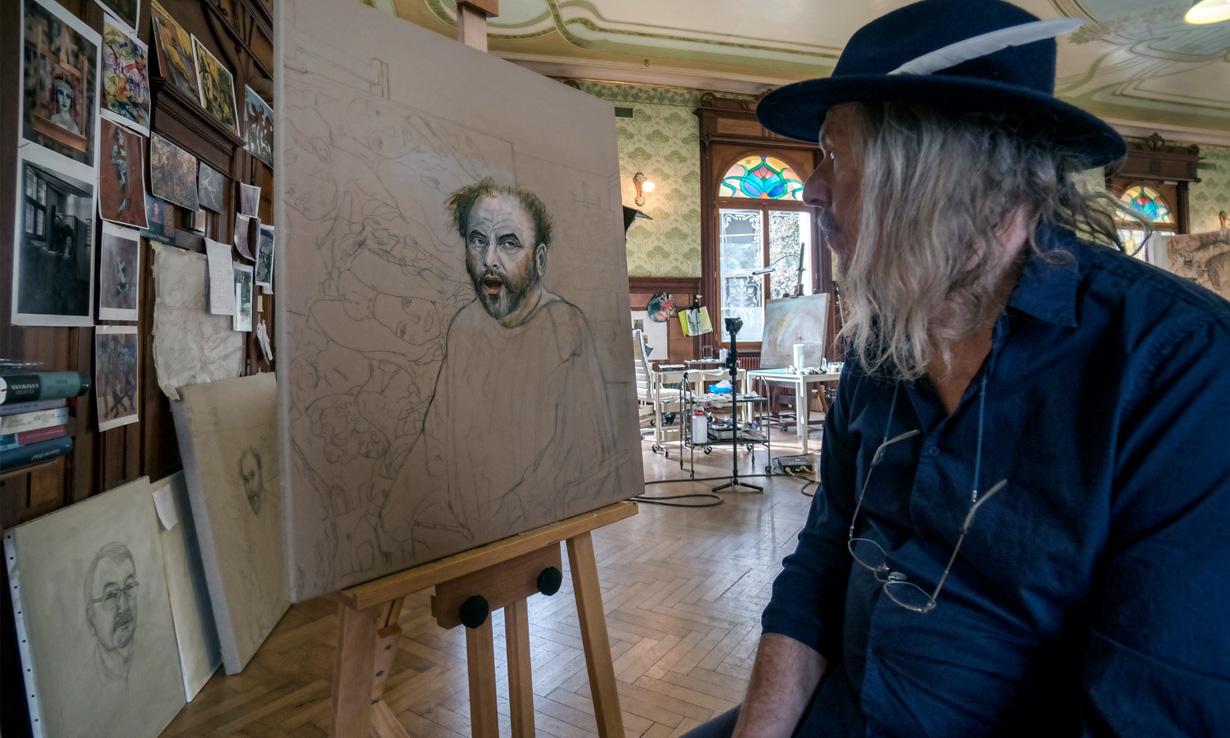
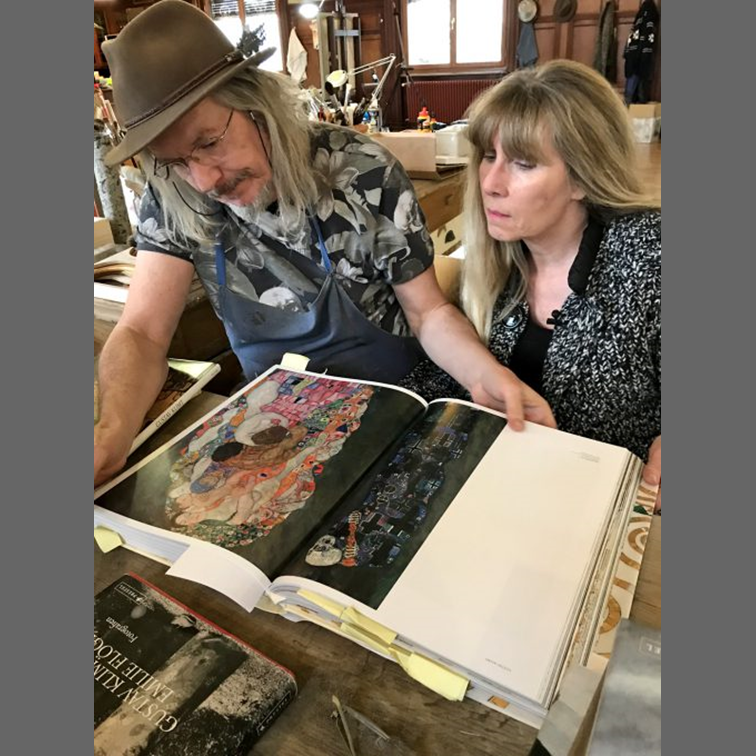
Developing the artistic voice of Gustav Klimt – Wolfgang and Helene Beltracchi research for the painting “Charon”.
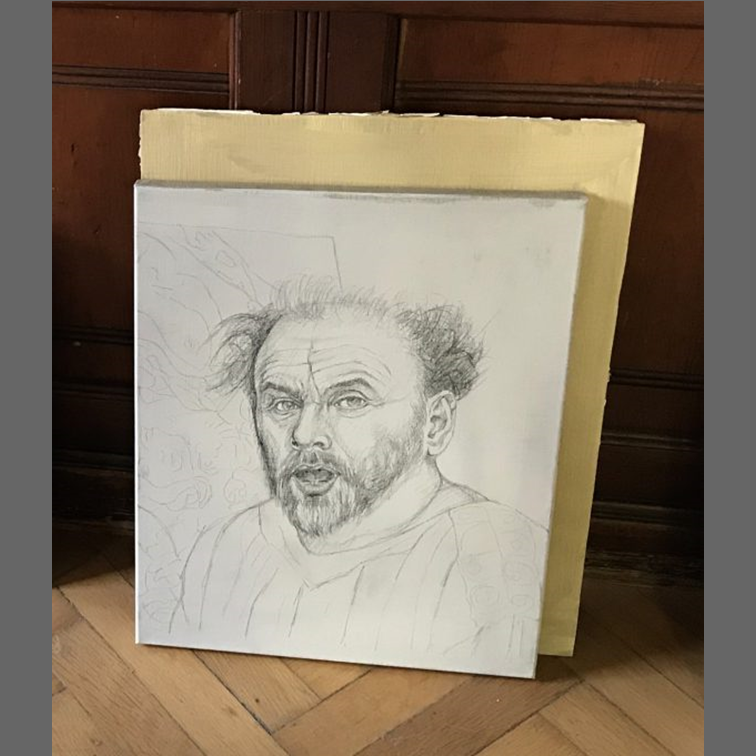
In his preliminary studies Wolfgang Beltracchi deals intensively with Gustav Klimt’s facial expressions and the question of how he would have seen himself in the face of his approaching death.
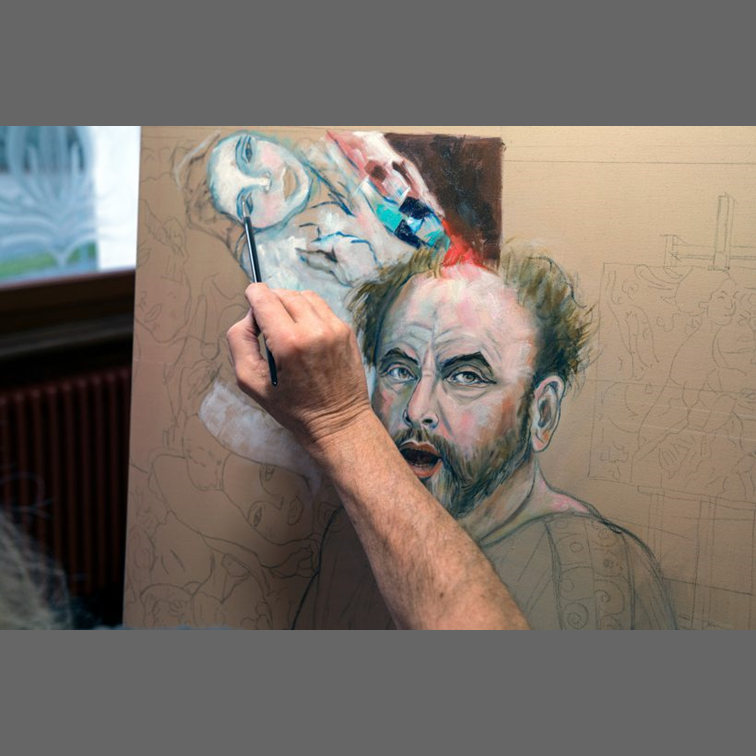
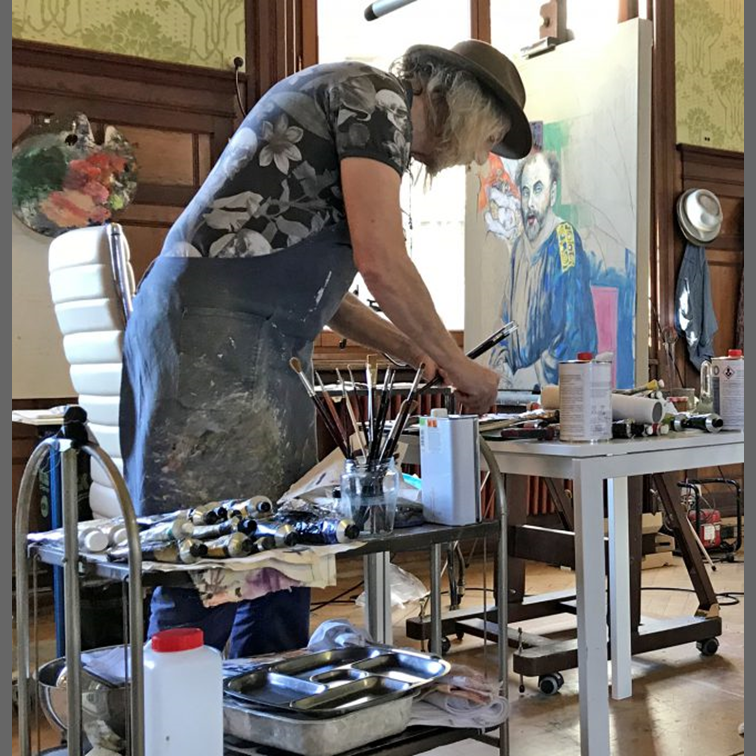
Vivid colors and strong contrasts – Wolfgang Beltracchi beings applying paint to his work “Charon”.
Art Nouveau
Gustav Klimt, Alfons Mucha and Franz von Stuck shaped the Art Nouveau movement in different ways. Their various techniques and approaches show that Art Nouveau does not specify a uniform style. The essence of the movement lies in the common belief of the importance of individuals.
1. HIGH TIME FOR SOMETHING NEW
The German name for the movement – “Jugendstil” – refers to the cultural magazine “Jugend” for young people, which presented art movements that contradicted the prevailing historicism of the time. In addition to other movements such as Impressionism, it paid particular attention to Art Nouveau. Outside of Germany, the names “Secessionstil” and “Art Nouveau” were also used for the movement. Various styles of Art Nouveau developed in different countries depending on their cultural background.
2. QUITE BEAUTIFULLY FUNCTIONAL
In addition to painting, Art Nouveau also influenced architecture, furniture production and handicrafts. The combination of aesthetics and functionality suddenly took center stage.
3. FULL OF CURVES
Art Nouveau is characterized by floral decorations with dynamic lines that have their own unique symmetry. Alfons Mucha, a Czech painter and graphic artist, is still the most renowned representative of this form of Art Nouveau to this day.
4. UNITED
From artists’ workshops to art academies up to artists’ groups: Art Nouveau was the first time that an increasing number of artist groups emerged, separating themselves from existing institutions, among them the Munich Secession (1892) and the Vienna Secession (1897).
5. IN TOTAL
In Art Nouveau, entire exhibitions were arranged as overall concepts. The Beethoven exhibition at the Vienna Secession in 1902 is an example of this: works by 20 artists were arranged around the Beethoven statue by Max Klinger as a “Gesamtkunstwerk” (total artwork).
Eras of art in the KAIROS project
Medieval art
Early Netherlandish painting
Italian Renaissance
Mannerism
Early Baroque
Rokoko